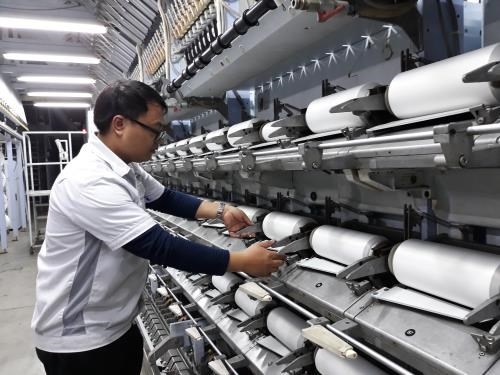The forecast was highlighted at the bank’s Global Research Briefing held in Ho Chi Minh City on January 16.
The bank’s Chief Executive Officer, Vietnam and ASEAN and South Asia Cluster Markets Nirukt Sapru said that most of the Vietnam’s macroeconomic indices showed improvements in 2018, with bad debts kept under 3 percent, and stable interest rate and exchange rate despite escalating tension between the US and China and the interest rate hike from US Federal Reserve.
    |
 |
|
Manufacturing is likely to expand in double digits in 2019, supported by strong FDI inflows in the sector. |
Those helped minimize market volatility, increase Vietnam’s export competitive edge over other ASEAN economies, attract FDI projects as well as enhance public confidence towards the State Bank of Vietnam (SBV)’s management ability and policies, he stressed, expressing his belief that the Vietnamese economy will remain one of the fastest growing in both Asia and ASEAN in 2019.
According to latest macro-economic research on Vietnam, manufacturing is likely to expand in double digits in 2019 like it did in the past four years, supported by strong FDI inflows in the sector.
Construction activities are predicted to be stable this year, with growth forecast at 8.9 percent for the whole year. Meanwhile, the agricultural sector will continue the momentum after its growth hit a record high of 2.9 percent in 2018.
The bank’s economists reckon FDI inflows to stay strong this year at close to USD 15 billion, and most of the capital will be landed in the manufacturing sector. Particularly, the field of electronics is expected to remain high in the medium term.
In addition, they said that the SBV will maintain its flexible policy in the short term to assist economic growth. Interest rate is predicted to be stable while the price of the Vietnamese currency, the dong, will slightly increase in 2019. It is possible that the SBV will tighten its policy in the second half to cope with inflation rate rise.
Source: VNA